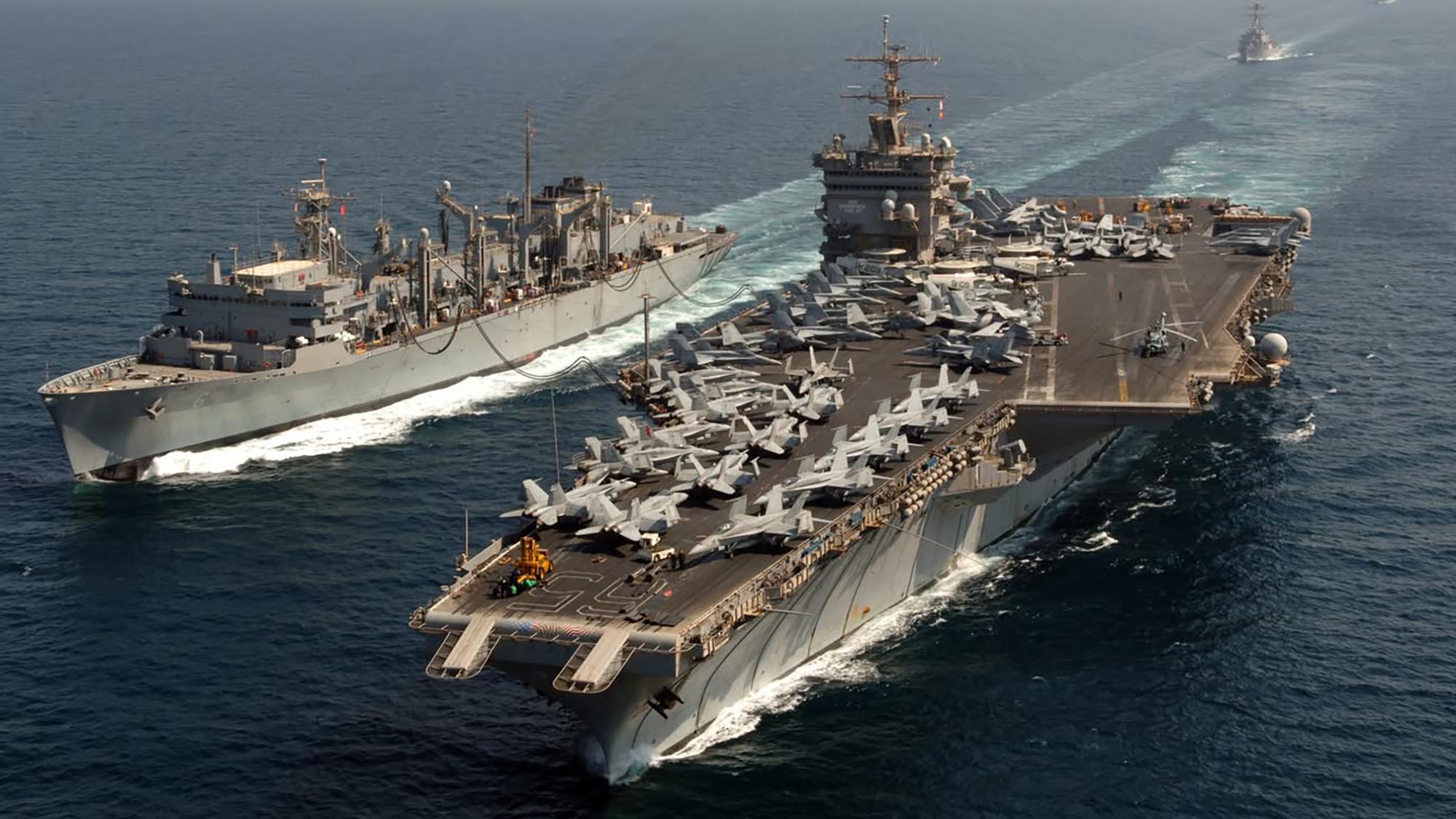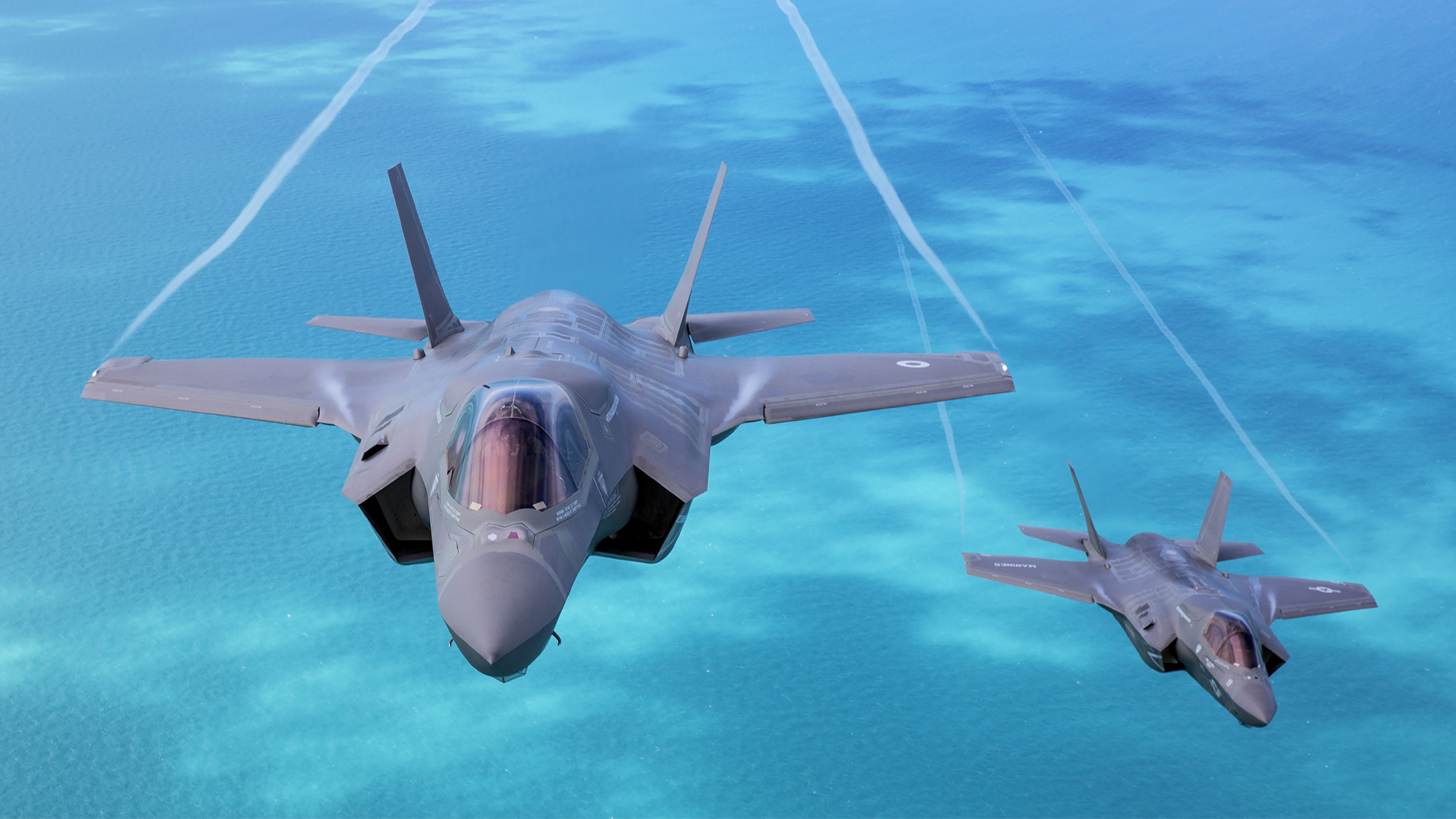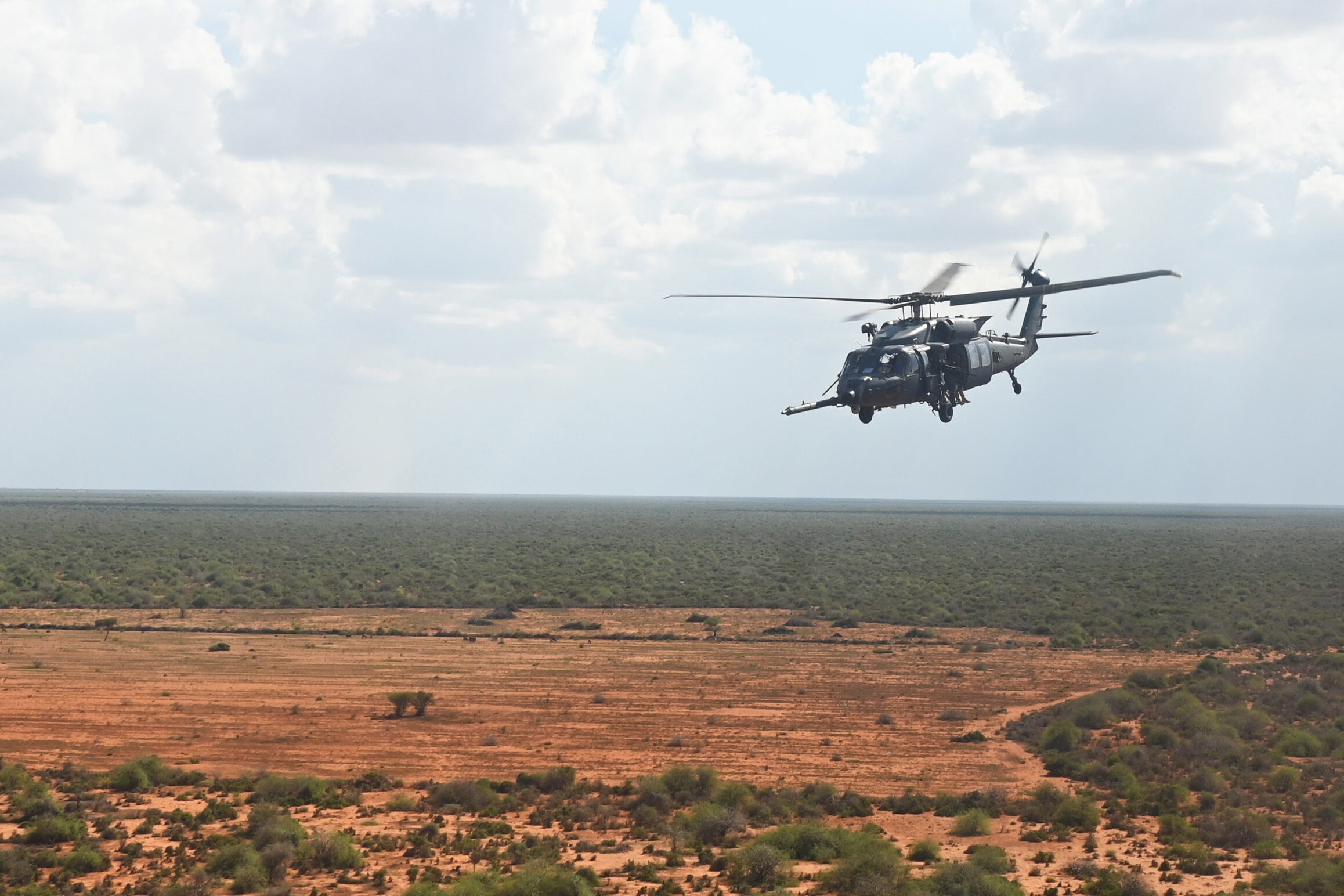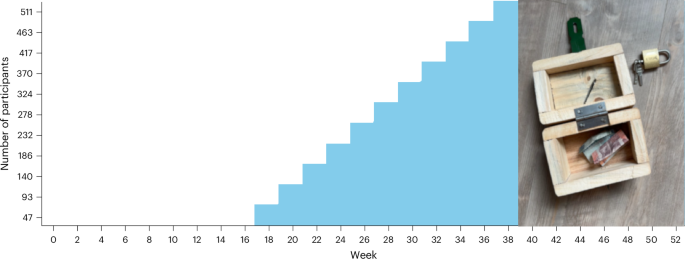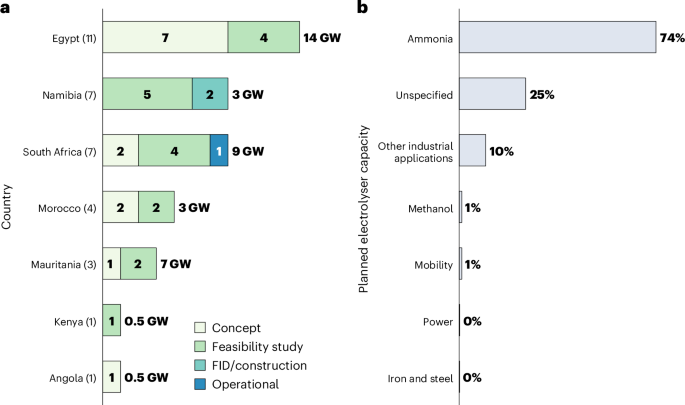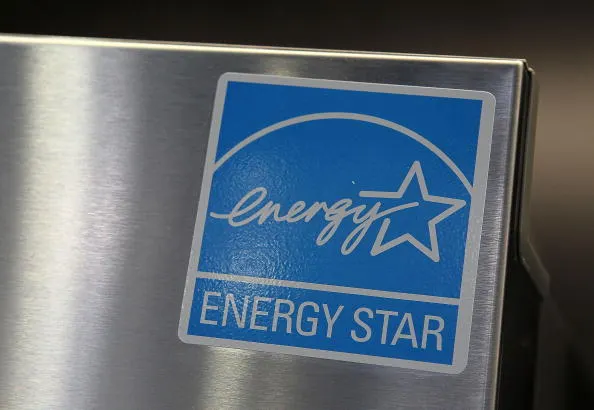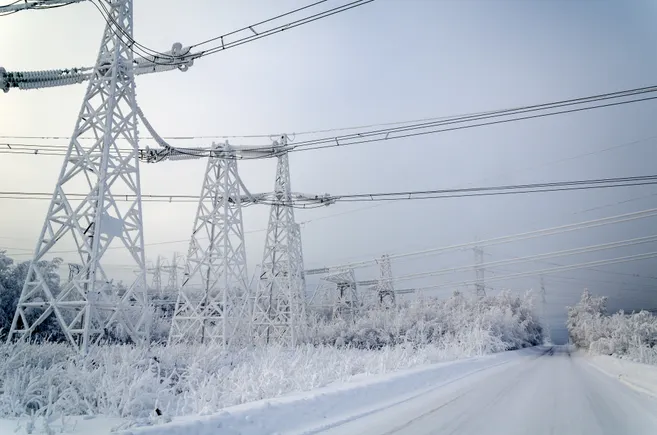Einride founder Robert Falck out as CEO amid leadership pivot
Roozbeh Charll, Einride’s CFO, will take over as CEO. The leadership shuffle comes as the company considers an IPO in the U.S. The post Einride founder Robert Falck out as CEO amid leadership pivot appeared first on FreightWaves.


Autonomous freight technology company Einride recently announced that founder and CEO Robert Falck will be appointed executive chairman of the board effective immediately. CFO Roozbeh Charll will take over as CEO. The leadership shuffle comes as Transport Topics/Bloomberg report the company is considering an IPO in the U.S.
Falck, founder and executive chairman, said in the news release: “Einride started with the simple idea that freight could be done differently, and better. That idea has become a company, a platform, and a global shift in motion. After nearly a decade of building as CEO, it’s time to shift my focus to where I can create the most long-term value. As Executive Chairman, I will focus on the overall company strategy, including ensuring that Einride can go public when we find the time is right.”
Einride, based in Sweden, was founded in 2016 and originally focused on freight solutions for electric and autonomous vehicles. By 2019, the company began autonomous truck commercial operations on Swedish roads and touts one of the largest fleets of heavy-duty electric trucks across the U.S., Europe and the United Arab Emirates.
TechCrunch by way of PitchBook reports Einride has raised $654.26 million in funds to date with its last round in 2022 to the tune of $500 million. However, to take off, the company needs additional funding. TechCrunch wrote, “Falck said that the company would need to raise more working capital — another $100 million would put it ‘in a good path forward’ — to reach the scale necessary to hit profitability.”
My first impressions of Einride were of its autonomous terminal tractor fleet during a presentation at Manifest about autonomous vehicles. I learned the company is a major player in the European AV space. The move to an IPO in the U.S. makes sense due to a more favorable AV regulatory environment. So far it doesn’t seem to be too much of a concern for AV makers, as many are looking at European regulations when creating their autonomous vehicle safety cases – the logic being if it’s good enough for stricter Europe, it’ll be fine in the U.S. market where self-reporting reigns.

China deploys fleet of 100 autonomous mining trucks to Inner Mongolia

The Mongolian steppes are again bustling, but this time it’s a horde of 100 5G autonomous electric mining trucks. The trucks are part of a collaboration among Chinese based Xuzhou Construction Machinery Group, State Grid Smart Internet of Vehicles and telecom Huawei to tackle the hostile operation environment, where temperatures can reach minus 40 F. Interestingly, that is also minus 40 C. The trucks can haul a load of 90 metric tons, or 198,416 pounds, with the driver cabin being removed and replaced with a 568 kWh battery. It’s the first autonomous mining truck in China that doesn’t have a driver’s cabin.
Where telecom Huawei comes into the equation is that it powers these mining trucks via its 5G-Advanced network, providing a consistent uplink speed of 500 Mbps and a latency of under 20 milliseconds. To put the latency into context, it’s nearly as good as an online first-person-shooter video game, which hovers around 16 milliseconds. It’s a big deal, as quick reaction times are key to avoiding obstacles and processing the vast amounts of data that the AV truck sensors are collecting.
For China, autonomous mining trucks are a natural fit as the country relies heavily on coal: Not only does it import the most coal but it also produces the most – about 52.6% of all global production. For the truck deployment in Inner Mongolia, it’s an opportunity to automate a region that produces one-quarter of the country’s total coal output. China remains a leader in the space, with Inner Mongolia alone having 344 autonomous mining trucks across 43 open-pit coal mines.
Mining trucks, due to their massive weight, count as Class 8 but fall into the vocational category compared to standard Class 8 tractors. But what works in a Class 8 mining truck may eventually work in a Class 8 tractor so vocational developments are worth the watch.
You’re halfway there! To read the rest of the Truck Tech newsletter, subscribe below. It’ll be delivered to your inbox every Friday at 11am eastern.
While you’re at it, check out this week’s episode.
The post Einride founder Robert Falck out as CEO amid leadership pivot appeared first on FreightWaves.











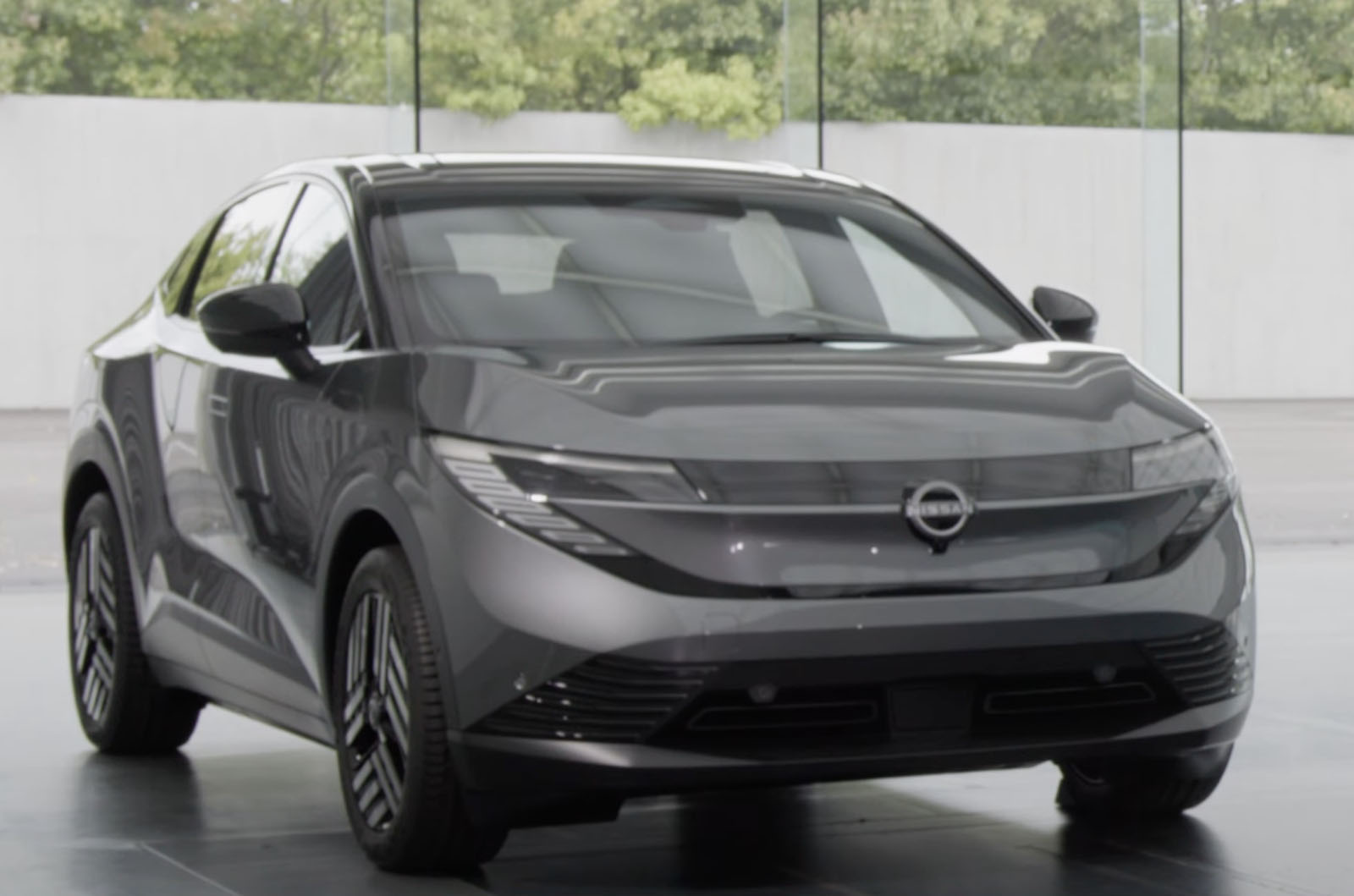

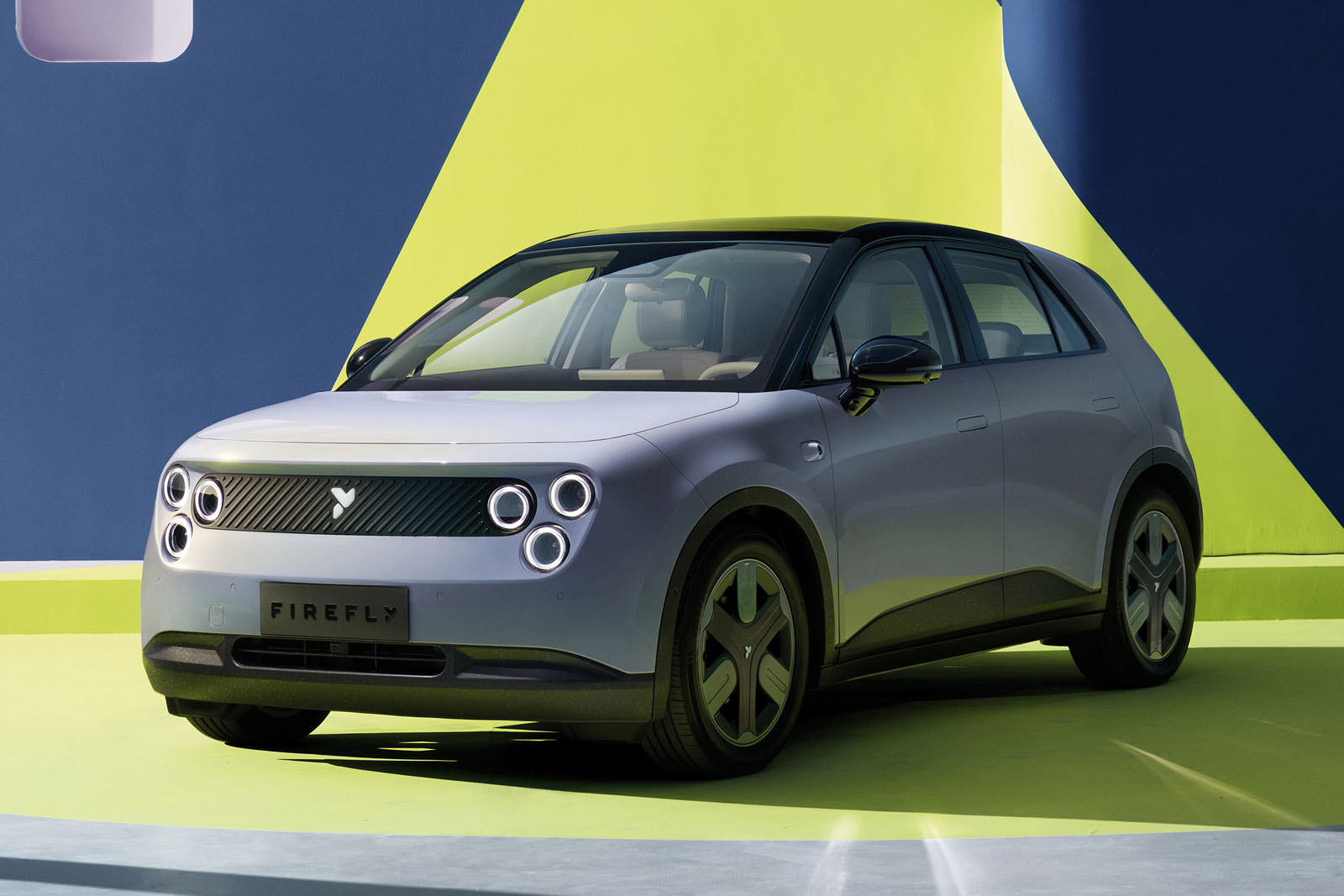
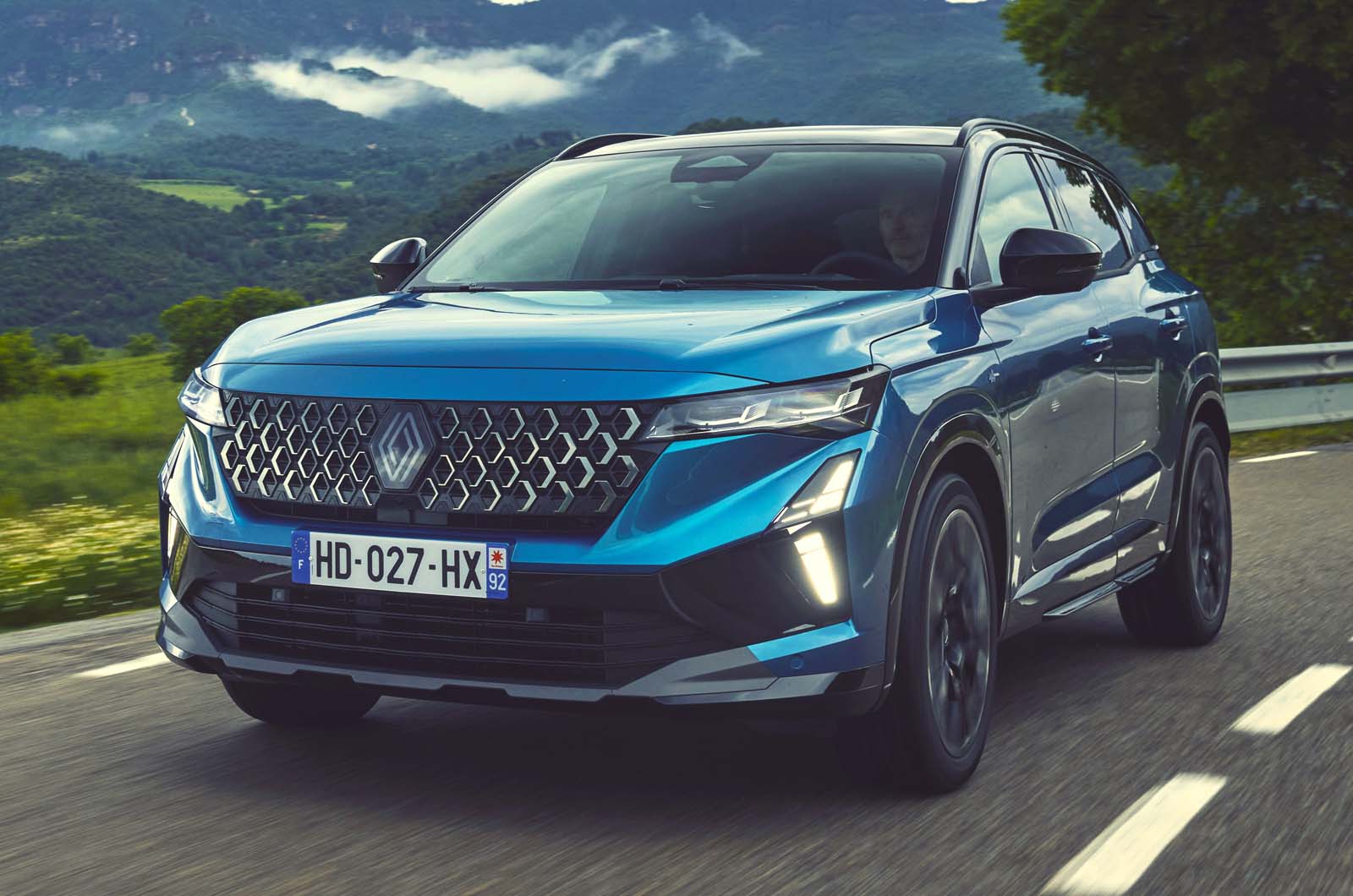









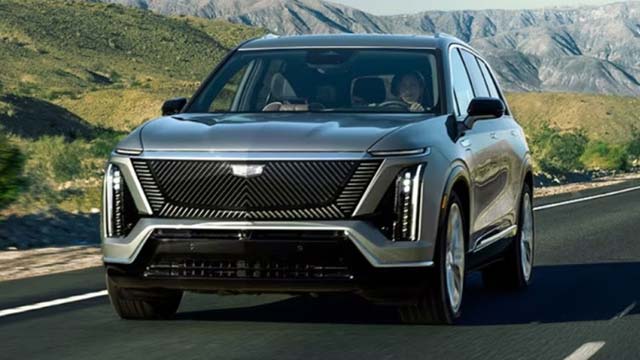




























































![[Video] The Weekly Break Out Ep. 20: Pacific policy in Singapore and the UK’s new defense plan](https://breakingdefense.com/wp-content/uploads/sites/3/2025/06/Break-Out-ep-20-thumb-Play-Button.jpg?#)











